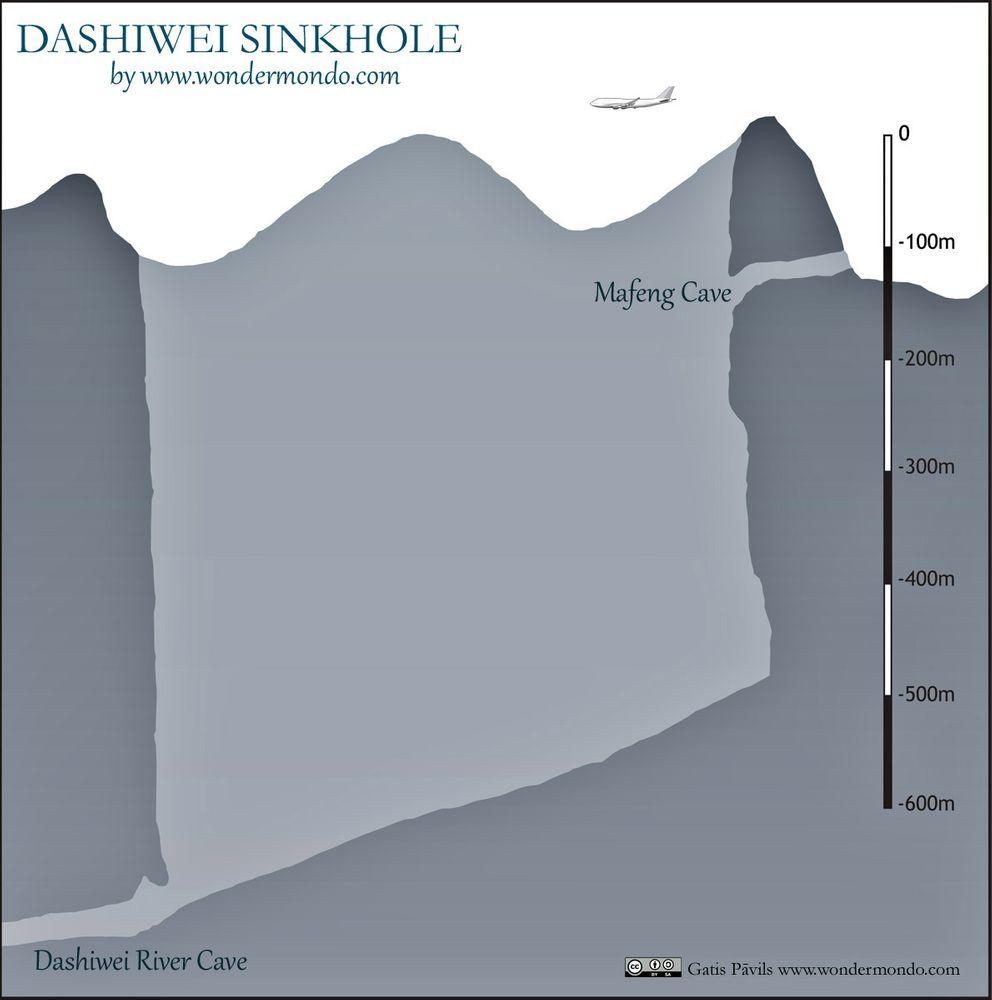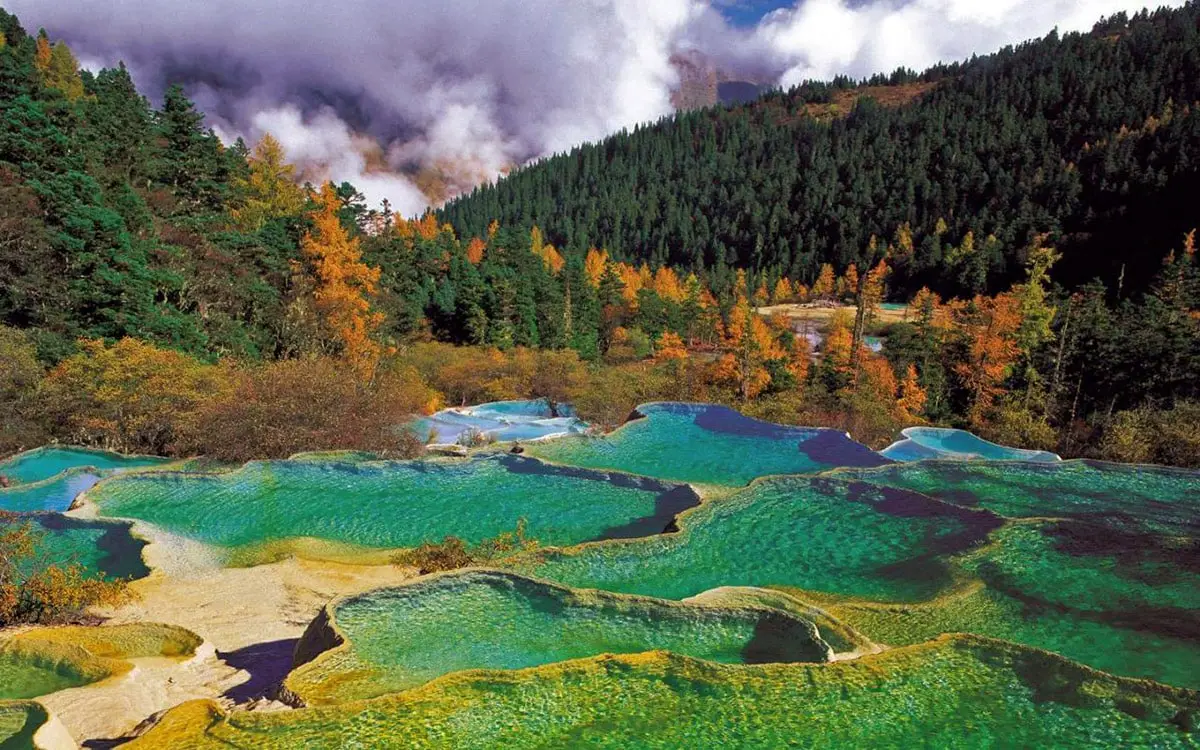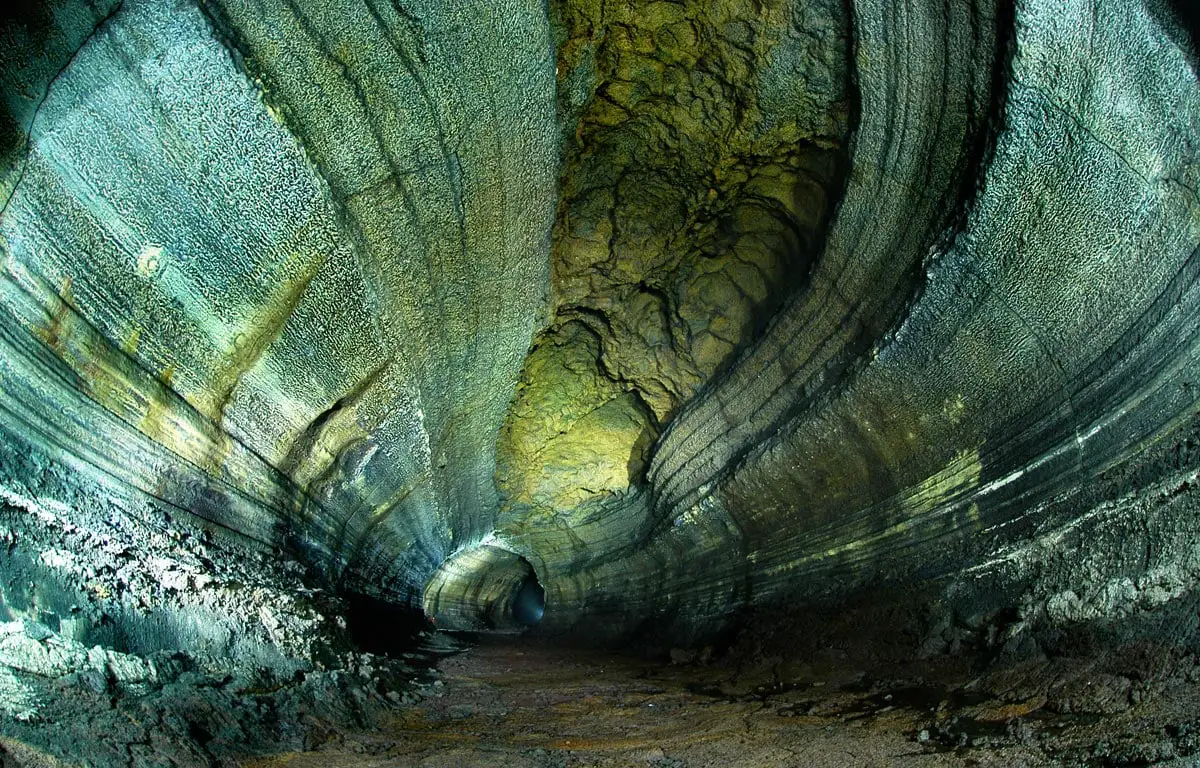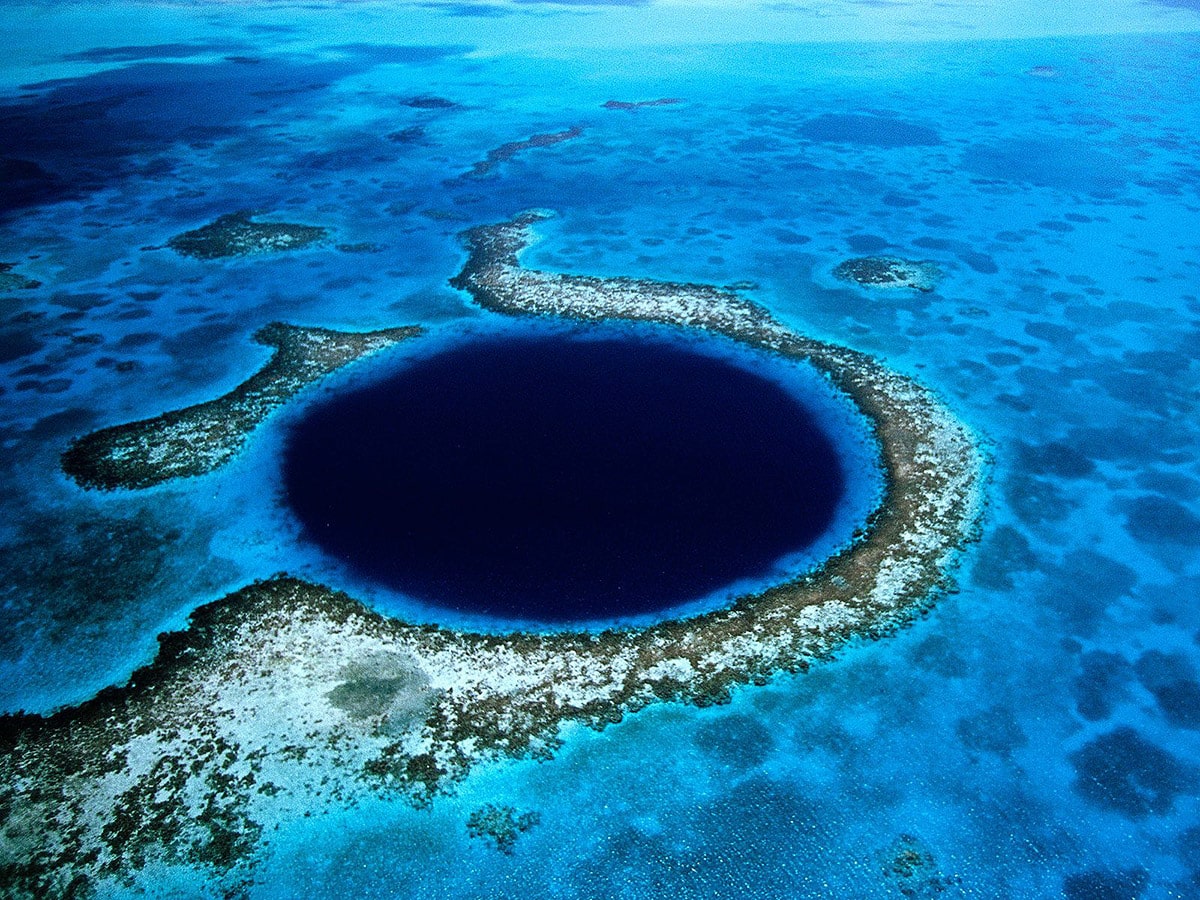World 🢖 Asia 🢖 China 🢖 Guangxi Zhuang Autonomous Region
Sinkholes 🢔 Caves 🢔 Geological wonders 🢔 Categories of wonders
Wonder
Dashiwei tiankeng

 In short
In short
One of three very large tiankengs of the world is Dashiwei tiankeng (two other are Xiaozhai tiankeng and Haolong tiankeng). Now it seems unbelievable that this 613 m deep sinkhole was discovered by scientific community only in 1998.
 49.3%
49.3%
GPS coordinates
Depth of sinkhole
Volume of sinkhole
Length of cave
Map of the site
If you see this after your page is loaded completely, leafletJS files are missing.
 In detail
In detail
Giants among the sinkholes – tiankengs
Sinkholes (also – dolines) are larger natural depressions in the surface of Earth created by karst processes (the natural process of solution of carbonate rock) and suffosion – natural process of removing the particles of sandstone and similar rocks until there are created voids.
Largest sinkholes of the world recently have gained special term – tiankeng. This is a rather poetic Chinese term, which can be translated as “heavenly pit”.
True tiankengs have vertical, at least 100 m high walls, their diameter is at least 100 m. The bottom of true tiankengs is comparatively flat and for the most part, is crossed by an underground river seen in daylight only at the bottom of tiankeng.
There are not too many tiankengs in the world – some 75. Most of them (approximately 50) are located in southern and central China. Some tiankengs are located also in Papua New Guinea (f.e. Minyé sinkhole), Mexico (f.e. Sótano de las Golondrinas), Croatia and some other countries. Most sinkholes have formed in carbonate rock, but few also in sandstone (Sima Humboldt in Venezuela).
For the formation of tiankengs there is needed extremely thick (several hundred meters) and clean carbonate rock and abundant rain. The location should be well above sea level. In such conditions, several hundred meters below the surface form powerful underground rivers. These rivers gradually wash out the rock, creating enormous underground voids. The ceiling of these hollows at some moment collapses and there forms a giant hole in the ground – tiankeng.
In carbonate rock the life of tiankengs is not too long – after some while the vertical walls erode and there forms a giant bowl-shaped depression.
By far the largest and most impressive tiankeng in the world is Xiaozhai tiankeng, but Dashiwei tiankeng is the only other tiankeng of comparable size in the world. The third-largest tiankeng in the world is Haolong tiankeng, also in China.
613 m deep hole
In 2001 there was discovered unbelievable geological feature in Guangxi, west of Leye city: a large group of tiankengs located rather close together. Over the years there have been found 28 tiankengs. Imagine: out of some 75 tiankengs of the world 28 are located here!
Largest of these sinkholes is Dashiwei tiankeng. This incredible formation is 600 m long and 420 m wide, the perimeter is 1580 m. The depth of tiankeng is 511 – 613 m – like two Eiffel towers placed one on another. Area of the opening is 167,000 m², volume – 75 million m³.
Leye karst area with all its sinkholes has formed in Carboniferous and Permian limestones, with a thinner layer of Triassic clastic rocks above.
Picturesque, hilly landscape is located 1,300 – 1,500 m above the sea level.
Below this limestone layer, at the depth of 400 – 800 m there flow several powerful underground rivers, for the most part, unmapped.
Dashiwei tiankeng has formed by one of these rivers – Bailong underground river. This river still is crossing the floor of tiankeng.
This underground river has been investigated 6,000 m downstream from Dashiwei tiankeng – it continues as a cave with beautiful speleothems. After this 6 km, the powerful stream disappears into deep, practically inaccessible fissures.
Unique forest
Dashiwei is one of few tiankengs made accessible to tourists since October 2003. People here descend thousands of steps to get into this mysterious, incredible and small world. One of the routes includes an outlook from Mafeng Dong cave to this incredible, lush landscape.
Bottom of Dashiwei tiankeng is covered with a thick layer of debris, which is overgrown with forest, which includes such rare species of trees as Pseudotsuga brevifolia Cheng & Fu 1975 – rare, beautiful conifer, met only in the karst landscape of this part of China. This 96,000 m² large patch (like 12 – 13 football fields) of the forest is surrounded by incredibly high vertical cliffs.
This forest is unique. For many thousands of years here have been preserved plants and animals, which elsewhere have gone extinct.
In total here grow more than 1,000 species of plants. Here have been discovered new, unique species of crabs and spiders, here live blindfish, shrimps (in cave river), flying squirrels.
References
- Zhu Xuewen, Chen Weihai, Tiankengs in the karst of China. Speleogenesis and Evolution of Karst Aquifers. The Online Scientific Journal. Accessed in the 31st July 2010
- Zhu Xuewen, Tony Waltham, Tiankeng: definition and description. Speleogenesis and Evolution of Karst Aquifers. The Online Scientific Journal. Accessed in the 31st July 2010
 Linked articles
Linked articles

Wonders of China
China has got it all – more than one billion people, a large area, a great and very long history, very distinct and at the same time – very diverse cultures, great and varied nature.

Caves
Every year there are reported exciting discoveries of new caves and discoveries of new qualities such as cave paintings in the ones known before. But there still is a feeling that our knowledge covers just a small part of all these monuments of nature.
Though, those which are known to us, offer a surprising diversity of unusual features and impressive sights.

Sinkholes
This category includes outstanding sinkholes – large natural depressions or holes, which for most the part represent collapsed caves.
 Recommended books
Recommended books
Caves: Exploring Hidden Realms
A companion volume to the new IMAX film offers a sumptuously illustrated, close-up look at the world’s great cave environments, capturing the wonders and perils of caving and describing the unique characteristics of these underground habitats.
Karst in China: Its Geomorphology and Environment
This is the first study of the karst areas of China to be carried out by a Western geomorphologist, and almost all the sources are from Chinese works, as yet unpublished in the West. Karst areas are sensitive to environmental influences and Chinese attempts to deal with these are discussed here, as are Chinese methods of studying karst since they differ somewhat from those in the West.


